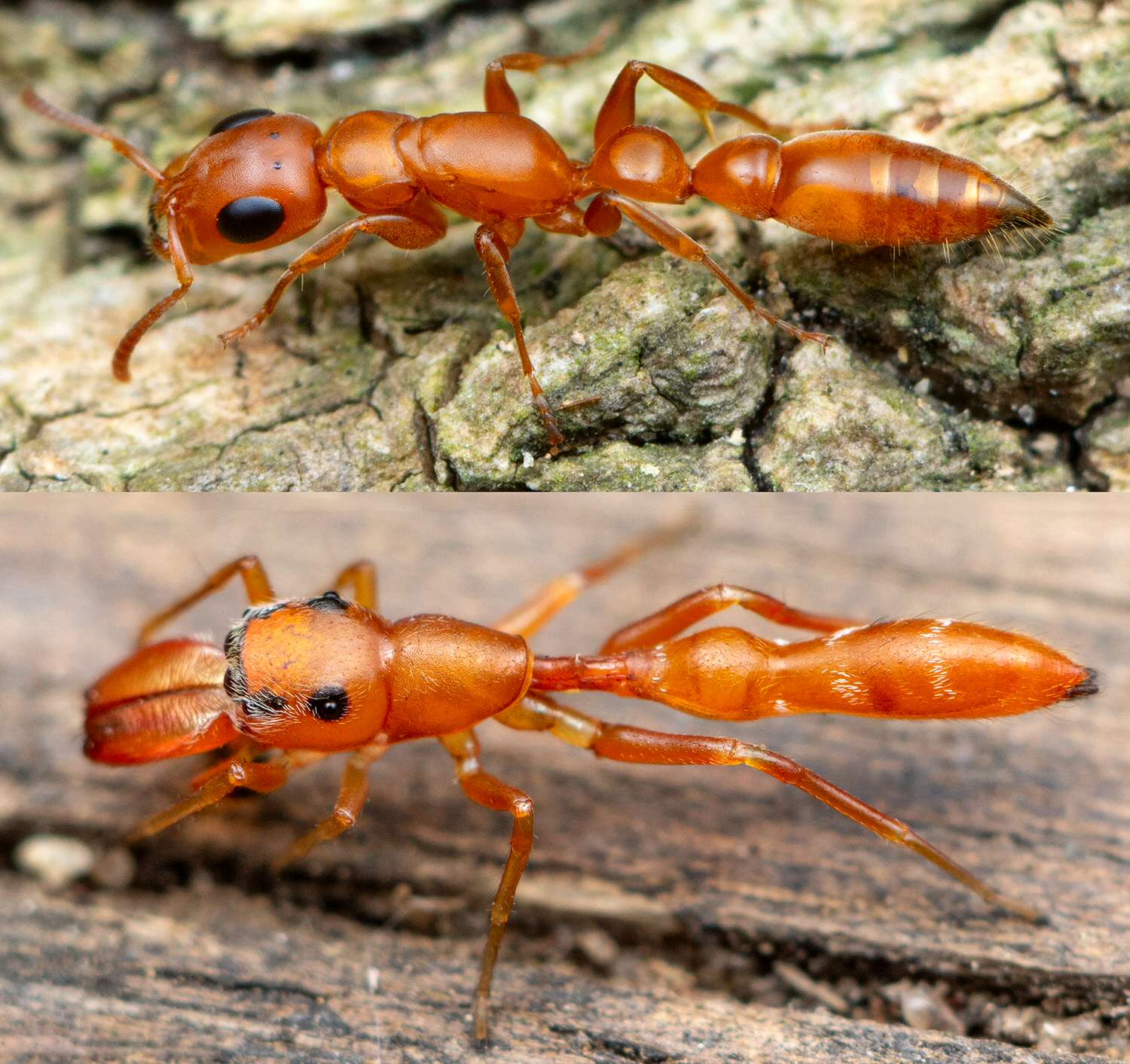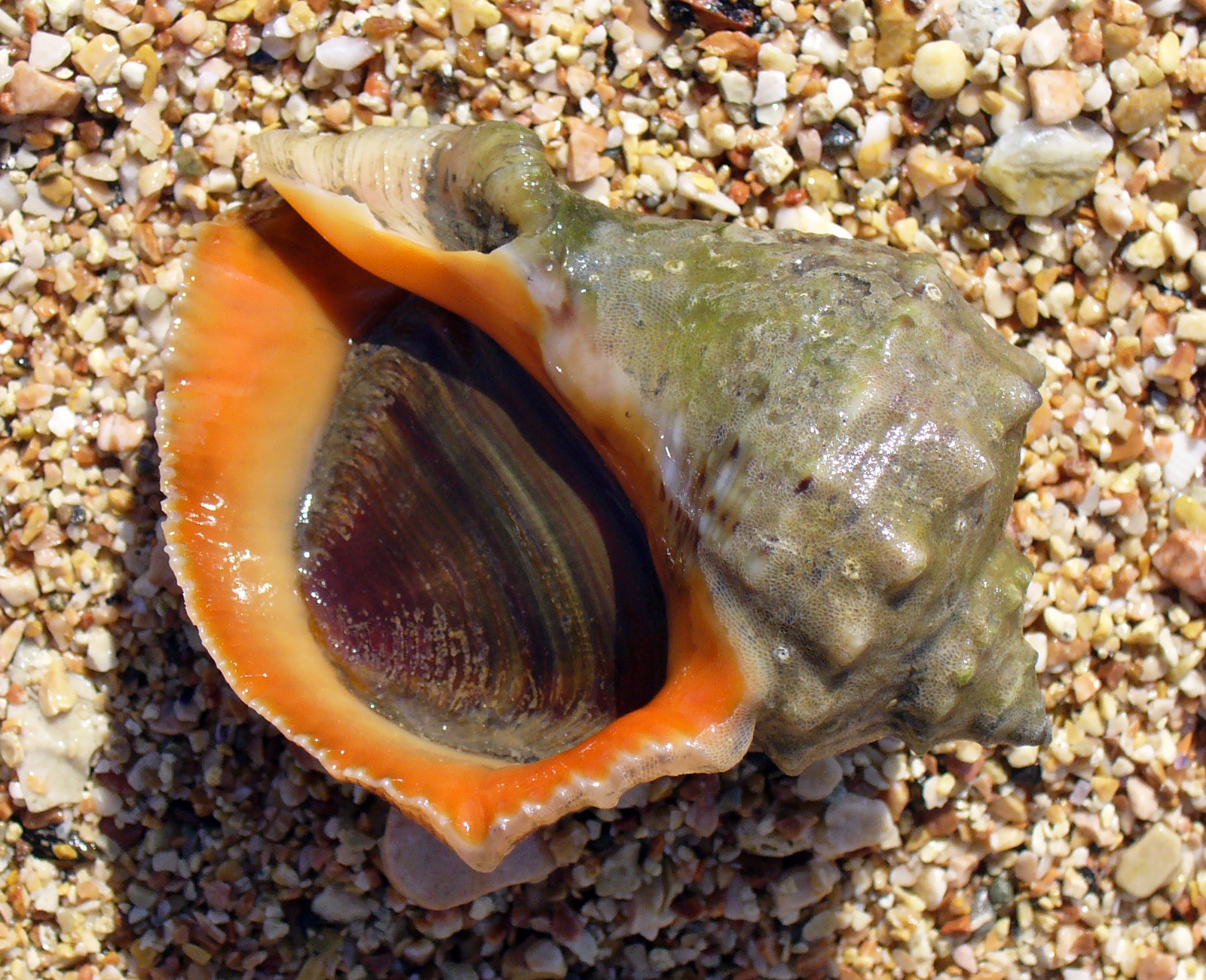|
Timema
''Timema'' is a genus of relatively short-bodied, stout and wingless stick insects native to the far western United States, and the sole extant member of the family Timematidae. The genus was first described in 1895 by Samuel Hubbard Scudder, based on observations of the species ''Timema californicum''. Compared to other stick insects (order Phasmatodea), the genus ''Timema'' is considered basal; that is, the earliest "branch" to diverge from the phylogenetic tree that includes all Phasmatodea. To emphasize this outgroup status, all stick insects not included in ''Timema'' are sometimes described as "Euphasmatodea." Five of the twenty-one species of ''Timema'' are parthenogenetic, including two species that have not engaged in sexual reproduction for one million years, the longest known asexual period for any insect. Description ''Timema'' spp. differ from other Phasmatodea in that their tarsi have three segments rather than five. For stick insects, they have relatively ... [...More Info...] [...Related Items...] OR: [Wikipedia] [Google] [Baidu] |
Timema Poppensis Camouflaged On Its Host, Redwood (Sequoia Sempervirens), California
''Timema'' is a genus of relatively short-bodied, stout and wingless stick insects native to the far western United States, and the sole extant member of the family Timematidae. The genus was first described in 1895 by Samuel Hubbard Scudder, based on observations of the species ''Timema californicum''. Compared to other stick insects (order Phasmatodea), the genus ''Timema'' is considered Basal (phylogenetics), basal; that is, the earliest "branch" to diverge from the phylogenetic tree that includes all Phasmatodea. To emphasize this outgroup status, all stick insects not included in ''Timema'' are sometimes described as "Euphasmatodea." Five of the twenty-one species of ''Timema'' are parthenogenesis, parthenogenetic, including two species that have not engaged in sexual reproduction for one million years, the longest known asexual period for any insect. Description ''Timema'' spp. differ from other Phasmatodea in that their arthropod leg, tarsi have three segments rather t ... [...More Info...] [...Related Items...] OR: [Wikipedia] [Google] [Baidu] |
Timema Genevievae
''Timema genevievae'', or Genevieve's timema, is a species of walkingstick in the family Timematidae. It is found in North America. References Phasmatodea Articles created by Qbugbot Insects described in 1978 {{Phasmatodea-stub ... [...More Info...] [...Related Items...] OR: [Wikipedia] [Google] [Baidu] |
Stick Insect
The Phasmatodea (also known as Phasmida, Phasmatoptera or Spectra) are an order of insects whose members are variously known as stick insects, stick-bugs, walking sticks, stick animals, or bug sticks. They are also occasionally referred to as Devil's darning needles, although this name is shared by both dragonflies and crane flies. They can be generally referred to as phasmatodeans, phasmids, or ghost insects, with phasmids in the family Phylliidae called leaf insects, leaf-bugs, walking leaves, or bug leaves. The group's name is derived from the Ancient Greek ', meaning an apparition or phantom, referring to their resemblance to vegetation while in fact being animals. Their natural camouflage makes them difficult for predators to detect; still, many species have one of several secondary lines of defense in the form of startle displays, spines or toxic secretions. Stick insects from the genera '' Phryganistria'', '' Ctenomorpha'', and '' Phobaeticus'' include the world's l ... [...More Info...] [...Related Items...] OR: [Wikipedia] [Google] [Baidu] |
Tanja Schwander
Tanja Schwander is a Swiss evolutionary biologist and professor at the University of Lausanne. She is known for her work on the Evolution of sexual reproduction. Education and career Tanja Schwander obtained her PhD in 2007 from the University of Lausanne on 'Evolution, maintenance and ecological consequences of genetic caste determination in Pogonomyrmex harvester ants'. Tanja Schwander then took a postdoctoral position at Simon Fraser University in Prof. Bernard J. Crespi's lab, before being hired as an independent researcher at the University of Groningen. In 2013, she moved back to University of Lausanne to begin her own research group. Work Tanja Schwander's work has focused on understanding the consequences of asexuality using ''Timema'' stick insects as a model system. Her work has contributed to the current understanding of the Evolution of sexual reproduction, the Paradox of Sex, and Sexual conflict. Awards * 2009. '' John Maynard Smith Prize'' of the European Society ... [...More Info...] [...Related Items...] OR: [Wikipedia] [Google] [Baidu] |
Asexual Reproduction
Asexual reproduction is a type of reproduction that does not involve the fusion of gametes or change in the number of chromosomes. The offspring that arise by asexual reproduction from either unicellular or multicellular organisms inherit the full set of genes of their single parent and thus the newly created individual is genetically and physically similar to the parent or an exact clone of the parent. Asexual reproduction is the primary form of reproduction for single-celled organisms such as archaea and bacteria. Many eukaryotic organisms including plants, animals, and fungi can also reproduce asexually. In vertebrates, the most common form of asexual reproduction is parthenogenesis, which is typically used as an alternative to sexual reproduction in times when reproductive opportunities are limited. Komodo dragons and some monitor lizards can also reproduce asexually. While all prokaryotes reproduce without the formation and fusion of gametes, mechanisms for lateral g ... [...More Info...] [...Related Items...] OR: [Wikipedia] [Google] [Baidu] |
Genus
Genus ( plural genera ) is a taxonomic rank used in the biological classification of living and fossil organisms as well as viruses. In the hierarchy of biological classification, genus comes above species and below family. In binomial nomenclature, the genus name forms the first part of the binomial species name for each species within the genus. :E.g. '' Panthera leo'' (lion) and '' Panthera onca'' (jaguar) are two species within the genus ''Panthera''. ''Panthera'' is a genus within the family Felidae. The composition of a genus is determined by taxonomists. The standards for genus classification are not strictly codified, so different authorities often produce different classifications for genera. There are some general practices used, however, including the idea that a newly defined genus should fulfill these three criteria to be descriptively useful: # monophyly – all descendants of an ancestral taxon are grouped together (i.e. phylogenetic analysis should c ... [...More Info...] [...Related Items...] OR: [Wikipedia] [Google] [Baidu] |
Host Plant
In biology and medicine, a host is a larger organism that harbours a smaller organism; whether a parasitic, a mutualistic, or a commensalist ''guest'' (symbiont). The guest is typically provided with nourishment and shelter. Examples include animals playing host to parasitic worms (e.g. nematodes), cells harbouring pathogenic (disease-causing) viruses, a bean plant hosting mutualistic (helpful) nitrogen-fixing bacteria. More specifically in botany, a host plant supplies food resources to micropredators, which have an evolutionarily stable relationship with their hosts similar to ectoparasitism. The host range is the collection of hosts that an organism can use as a partner. Symbiosis Symbiosis spans a wide variety of possible relationships between organisms, differing in their permanence and their effects on the two parties. If one of the partners in an association is much larger than the other, it is generally known as the host. In parasitism, the parasite benefits at ... [...More Info...] [...Related Items...] OR: [Wikipedia] [Google] [Baidu] |
Samuel Hubbard Scudder
Samuel Hubbard Scudder (April 13, 1837 – May 17, 1911) was an American entomologist and paleontologist. He was a leading figure in entomology during his lifetime and the founder of insect paleontology in America. In addition to fossil insects, he was an authority on butterflies ( Lepidoptera) and grasshoppers (Orthoptera). Biography Scudder was born on April 13, 1837, in Boston, Massachusetts, the son of Charles Scudder and Sarah Lathrop (Coit) Scudder. His father was a successful merchant, and both parents had Puritan roots dating back to the founding of the Massachusetts Bay Colony in the 1620s. He was raised in a strict Calvinist Congregational household.Leach (2013) One of his younger brothers, Horace Scudder, became a noted author and editor of the ''Atlantic Monthly'',Cockerell (1911) while his niece Vida Dutton Scudder was a writer and social activist. Scudder attended Boston Latin School, and then enrolled in Williams College in 1853 at the age of 16. He studied with ... [...More Info...] [...Related Items...] OR: [Wikipedia] [Google] [Baidu] |
Ant Mimicry
Ant mimicry or myrmecomorphy is mimicry of ants by other organisms. Ants are abundant all over the world, and potential predators that rely on vision to identify their prey, such as birds and wasps, normally avoid them, because they are either unpalatable or aggressive. Spiders are the most common ant mimics. Additionally, some arthropods mimic ants to escape predation ( protective mimicry), while others mimic ants anatomically and behaviourally to hunt ants in aggressive mimicry. Ant mimicry has existed almost as long as ants themselves; the earliest ant mimics in the fossil record appear in the mid Cretaceous alongside the earliest ants. Indeed one of the earliest, '' Burmomyrma'', was initially classified as an ant. In Wasmannian mimicry, mimic and model live commensally together; in the case of ants, the model is an inquiline in the ants' nest. Wasmannian mimics may also be Batesian or aggressive mimics. To simulate ants' powerful defences, mimics may imitate ants che ... [...More Info...] [...Related Items...] OR: [Wikipedia] [Google] [Baidu] |
Operculum (animal)
An operculum is an anatomical feature, a stiff structure resembling a lid or a small door that opens and closes, and thus controls contact between the outside world and an internal part of an animal. Examples include: * An operculum (gastropod), a single lid that (in its most complete form) closes the aperture of the shell when the animal is retracted, and thus protects the internal soft parts of the animal that are not completely covered by the shell. The operculum lies on the top rear part of the foot. When the foot is retracted, the operculum is rotated 180° and closes the shell. * An operculum (fish), a flap that covers the gills in bony fishes and chimaeras. * The cover that rapidly opens a cnida of a cnidarian such as a jellyfish or a sea anemone. The lid may be a single hinged flap or three hinged flaps arranged like slices of pie. * In insects, the operculum is the name for one or more lids covering the tympanal cavity. A subgenital operculum is exhibited in phasmoidea ... [...More Info...] [...Related Items...] OR: [Wikipedia] [Google] [Baidu] |
Reproductive Isolation
The mechanisms of reproductive isolation are a collection of evolutionary mechanisms, behaviors and physiological processes critical for speciation. They prevent members of different species from producing offspring, or ensure that any offspring are sterile. These barriers maintain the integrity of a species by reducing gene flow between related species.Strickberger, M. 1978. ''Genética''. Omega, Barcelona, España, p.: 874-879. .Futuyma, D. 1998. ''Evolutionary biology'' (3ª edición). Sinauer, Sunderland. The mechanisms of reproductive isolation have been classified in a number of ways. Zoologist Ernst Mayr classified the mechanisms of reproductive isolation in two broad categories: pre-zygotic for those that act before fertilization (or before mating in the case of animals) and post-zygotic for those that act after it.Mayr, E. 1963. ''Animal species and evolution''. Harvard University Press, Cambridge. The mechanisms are genetically controlled and can appear in species who ... [...More Info...] [...Related Items...] OR: [Wikipedia] [Google] [Baidu] |


.jpg)



